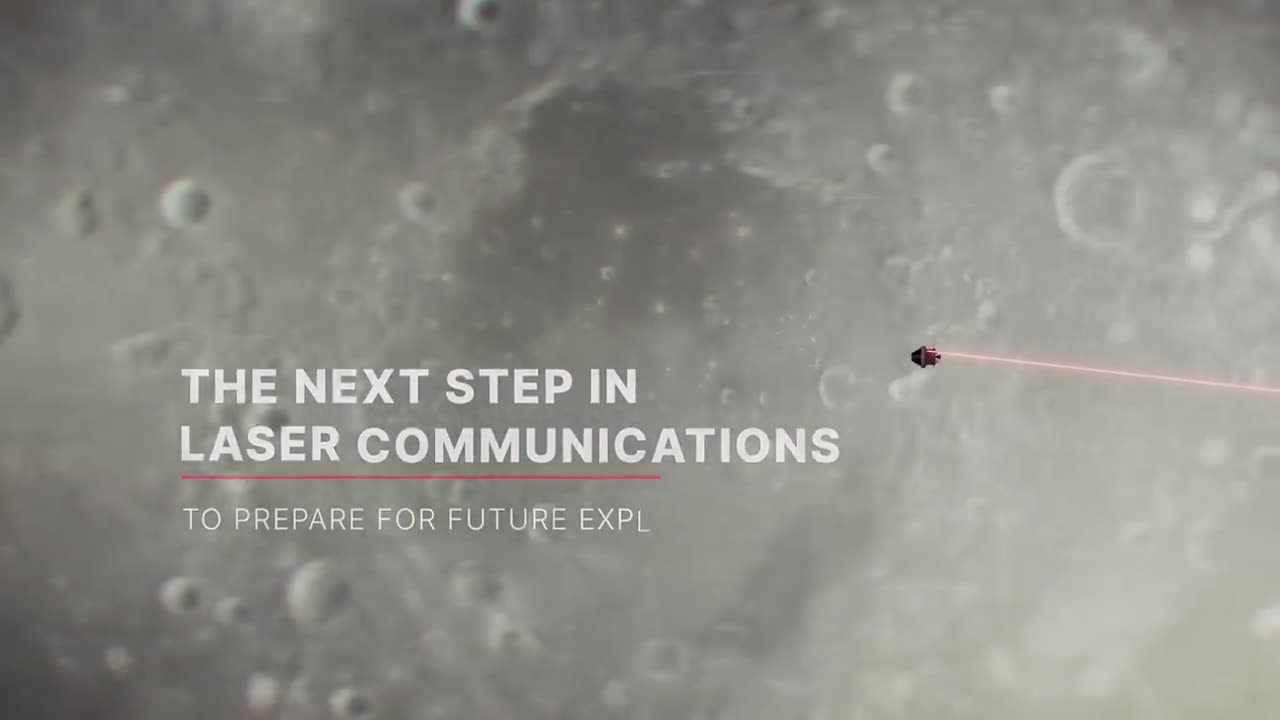Premium Only Content

Science Launching on SpaceX's 29th Cargo Resupply Mission to the Space Station
The 29th SpaceX commercial resupply services (CRS) mission for NASA carries scientific experiments and technology demonstrations, including studies of enhanced optical communications and measurement of atmospheric waves. The uncrewed SpaceX Dragon spacecraft is scheduled to launch to the International Space Station from the agency’s Kennedy Space Center in Florida no earlier than Nov. 5.
SpaceX's 29th Commercial Resupply Services (CRS) mission to the International Space Station (ISS) is scheduled to launch no earlier than November 5, 2023, from NASA's Kennedy Space Center in Florida. The uncrewed Dragon spacecraft will carry over 5,000 pounds of scientific experiments and technology demonstrations to the ISS.
Some of the science highlights on the mission include:
Enhanced Optical Communications (EOC): EOC is a new laser-based communications system that has the potential to revolutionize the way we communicate with spacecraft in orbit. EOC can transmit data at much higher rates than traditional radio-based systems, which could enable new scientific discoveries and applications.
Atmospheric Waves Experiment (AWE): AWE is an experiment to study atmospheric waves in the Earth's ionosphere. Ionospheric waves can play a role in disrupting communication and navigation signals, and understanding them better could help us to mitigate these disruptions.
Microgravity Combustion Science Experiment (MCS): MCS is an experiment to study how flames behave in microgravity. This research could help us to develop new fire safety technologies for spacecraft and other habitats in space.
Plant Habitat-04 (PH-04): PH-04 is a plant growth chamber that will be used to study how plants grow and develop in microgravity. This research could help us to develop new ways to grow food in space for long-duration missions.
Rodent Research-1 (RR-1): RR-1 is an experiment to study the effects of long-duration microgravity on rodents. This research could help us to better understand the risks of space travel on human health and develop countermeasures to mitigate these risks.
In addition to these experiments, the CRS-29 mission will also carry a number of other science payloads, including student experiments from Canada and the United States.
The science on the CRS-29 mission will help us to better understand our planet, the universe around us, and the potential for human life and exploration in space.
science
space exploration
International Space Station
SpaceX
CRS-29
microgravity
enhanced optical communications
atmospheric waves
combustion
plant growth
rodent research
-
 24:21
24:21
It’s the Final Round
9 hours ago $8.34 earnedNBA Best Bets & Player Props | Full Analysis & Predictions, FREE Today (Monday 11/10) Nov 10th
19.1K1 -
 2:05:29
2:05:29
BEK TV
3 days agoTrent Loos in the Morning - 11/10/2025
14.8K2 -
 20:28
20:28
Nikko Ortiz
21 hours agoShooting Extremely Expensive Guns
171K13 -
 8:32
8:32
MattMorseTV
18 hours ago $26.15 earnedSchumer just TORCHED $90,000,000,000.
36.8K82 -
 51:25
51:25
The Connect: With Johnny Mitchell
1 day ago $64.74 earnedInside The REAL Narco State: The Colombian Drug Cartels DOMINATING The Global Cocaine Trade
125K38 -
 12:09
12:09
GritsGG
18 hours agoTook Down a Cheater on Rebirth To Achieve Victory!
29.5K -
 14:12
14:12
BlabberingCollector
22 hours agoHBO Show Update, Audible Full Cast Ensemble Updates, Wizarding World Quick Hits!
45.8K2 -
 LIVE
LIVE
Lofi Girl
2 years agoSynthwave Radio 🌌 - beats to chill/game to
278 watching -
 31:30
31:30
The Why Files
7 days agoCodex Gigas | The Devil's Bible and the Nazi Hole to Hell
195K87 -
 1:05:26
1:05:26
Man in America
22 hours ago“Poseidon” Doomsday Sub, Microplastics & The War on Testosterone w/ Kim Bright
114K11